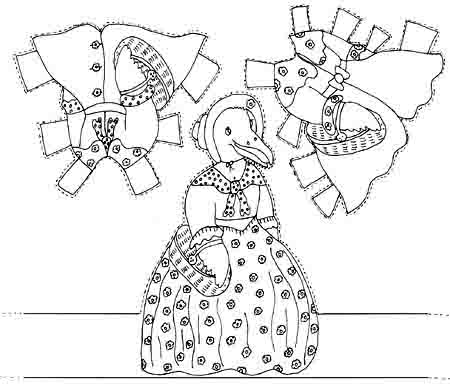Crow
Facts.
Crows belong
to the order of perching birds and are in the same family as the
jays and magpies. They
are glossy black birds with rounded bills, much larger than the
blackbirds, about 18 inches (470 millimeters) long.
The crow family,
Corvidae has about 100 species. Of these, 30 belong to the genus
Corvus, the most common being the carrion crow of Eurasia
and the American crow. The jackdaw, the rook, and the raven (the
largest) also belong to this genus. Their size varies up to 26
inches, or 660 millimeters long (the raven). They have hoarse
voices which sound like a harsh, loud call or caw. They are omnivorous.
They mate for life and both sexes incubate the eggs. Eggs are
usually blue-green with brown markings. Four to six eggs are laid
and incubated in 18 days.
Crows are
very resourceful at finding food. They prefer eating seeds, grain,
root crops, and the eggs and young of other birds, but they will
eat almost anything, including nuts, carrion, insects, fish, mollusks,
or mice. They
drop mollusks from the air to crack their shells. Crows are found
throughout the world in a variety of habitats.
Top
![]()
